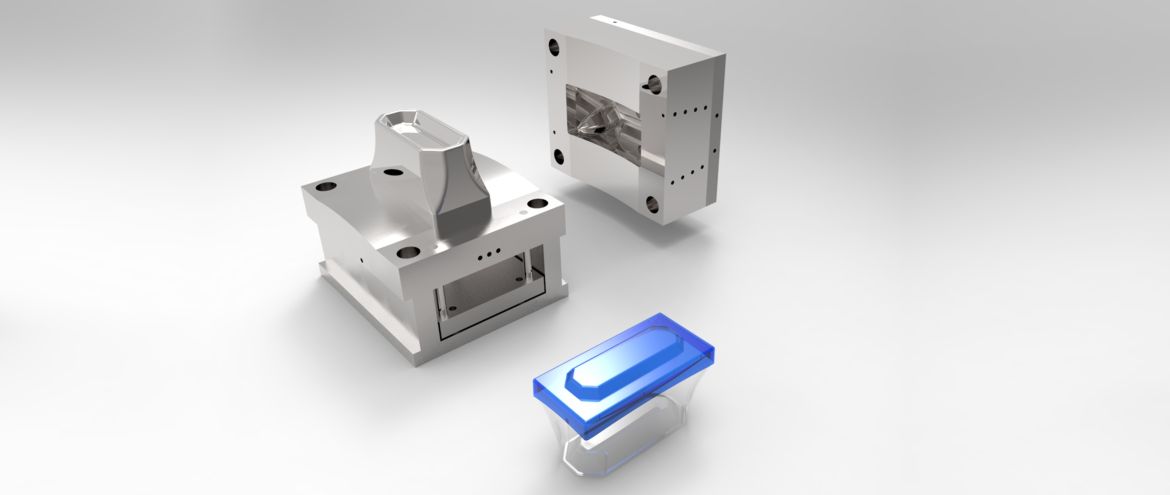Molds are one of the most important components of the plastic injection procedure. They are responsible for shaping the casts, ensuring their aesthetic and utilitarian features. Their basic function is to make it possible to heat liquid plastic and fill forming chambers with it. Such a process results in a proper creation of the final product. The next function that a quality mold should serve is the effective and gradual heat removal and ability to release the shaped cast from the mold quickly.
Mold is always individually designed for each element which is to be created and is not an integral element of the molding machine. It consists of two main, moveable modules which are attached to the rotary table of the molding machine, as well as fixed modules which are attached to the auxiliary, stationary table of the device. The mold itself consists of:
- forming chamber
- liquid transmission system
- cooling or heating system
- releasing and transferring systems
- cast ingot
- body
- and guide bars
The most widely utilized materials for molds are:
- Normal quality chisel steel
- Corrosion-resistant steel, used for highly corrosive molds
- Cold worked chisel steel (main types: 1.2162, 1.2764, 1.2767)
- Thermally hardened steel, suitable for polishing
- Thermally hardened steel suitable for machining
- Heat worked chisel steel
Due to the increasing number of injection molding techniques, there are certain standards concerning the design of the molds. They include an indexed set of all the components that are required while designing and producing a molding machine. The index includes, inter alia, such elements as cooling system which is of extreme importance while operating the machine or cast releasing module. Thanks to the utilization of the said standards, the time required to create a mold is decreased, as the operators and experts may order ready-made modules and whole molds from the companies specializing in their production.
In recent years, the professional CAD designing programs are also increasingly popular as they facilitate the creation of the mold to a significant extent. Thanks to them, the engineer is capable of analyzing the utilitarian features of the device, simulate its operation, specify the places where the injection chambers should be located, indicate the injection points, as well as identify the forces applied to the cast.
In the process of designing injection molds, one should mainly remember about the utilitarian features of the created products, as well as about their impact on the cast. Thanks to the said devices, which constitute the core of the modern mass production industry, we are capable of creating everyday use items (such as combs, plastic components for computers, or even window cleaners), which are still of high quality while utilized properly. Additionally, they are aesthetic and keep the features of the material they have been made of. Recently, also the focus is on the proper execution of the cast, as it may significantly influence the success of the company on the market. In the times of sophisticated forms, clients do not only require their products to be useful, but also – to be as aesthetic and pleasantly-looking as possible, leading to the necessity to improve the quality of molding forms as such. Thanks to the utilization of proper injection molding devices, companies can maximize their incomes by decreasing the production time, eliminate production faults, as well as reach the optimal quality-to-price ratio.




